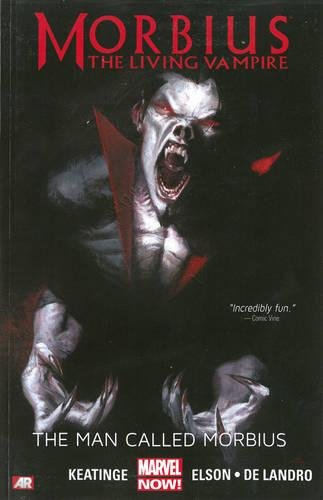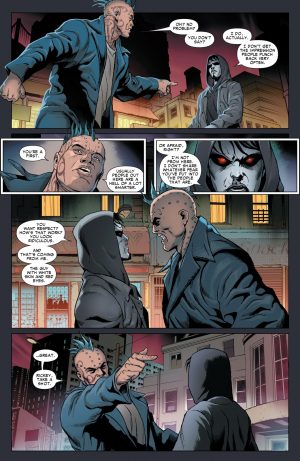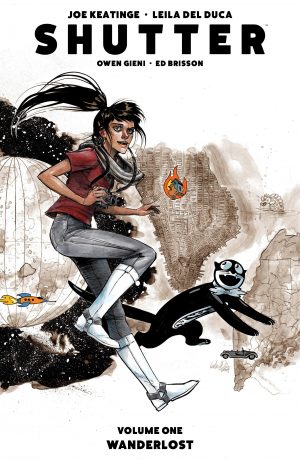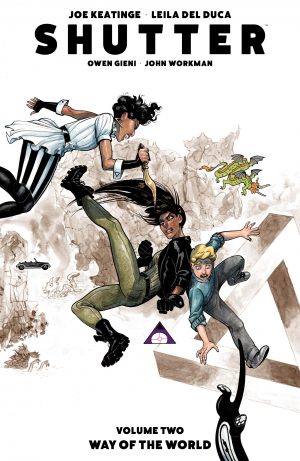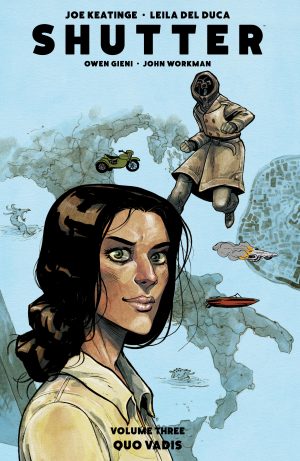Review by Karl Verhoven
Morbius the Living Vampire has been around since the early 1970s, but there’s never been any real effort to look back into his past. He was introduced as a research scientist with an exotic name who induced vampirism in a failed attempt to address a rare blood condition. Ever since then his appearances have dealt with the consequences. Joe Keatinge, therefore, has plenty of unexplored territory to investigate. He begins by introducing us to the child already with a blood condition. “Everything about my world was a life-affirming risk”, recalls Morbius looking back at his Greek childhood, “but every risk a near-death experience”.
Having explored the past, Keatinge uses it to inform the present, as Morbius, freshly escaped from jail, ends up in the small town of Brownsville, which turns out to have all the same problems as New York in microcosm, but without any superheroes to sort them out. For his theme Keatinge takes the cinematic trope of the stranger in town seeing what others can’t, getting kicked down, but getting up again. There’s something of Clint Eastwood’s Western characters hung over Morbius’ shoulders. The key is Morbius not being treated as a super vampire, accentuating that he has some vampire characteristics, but none of the really useful proactive talents, the downside of his vampirism being scientifically created.
Given the mediocrity of his previous series, the bar wasn’t set high, but the first half of The Man Called Morbius doesn’t just top the earlier work, it’s very readable when matched against characters with a more illustrious history. Shuffling Morbius into a dark corner casts him in the reluctant role of community saviour, and Richard Elson defines that community, people and places, with an economy to be admired. Everything necessary is there, and the action flows naturally. Valentine De Landro draws the introductory dip into the past employing a moody, naturalistic style, and modifies that slightly for an interlude involving Spider-Man (Superior version).
A constant accompaniment to Morbius’s career is his trying to do the right thing, but in doing so actually making things worse, which Keatinge exploits. As the story continues it’s revealed that we’ve started at the bottom level. A few steps up a ladder of influence are presented for our consideration, and the higher up the ladder Keatinge takes the plot, the more it becomes generic. An interesting ground level situation of Morbius dealing with powerful gangsters gradually involves more supervillains and any originality departs. Keatinge is capable if delivering an okay superhero story, but it rips the heart from what went before. There is a slight recovery for the final chapter pages jumping forward a year, with Keatinge forced to accelerate his plot ahead of cancellation, and that was that for 21st century Morbius until he became the unlikeliest Marvel character to base a film around.
This is also found as part of the Morbius sampler Preludes and Nightmares.
